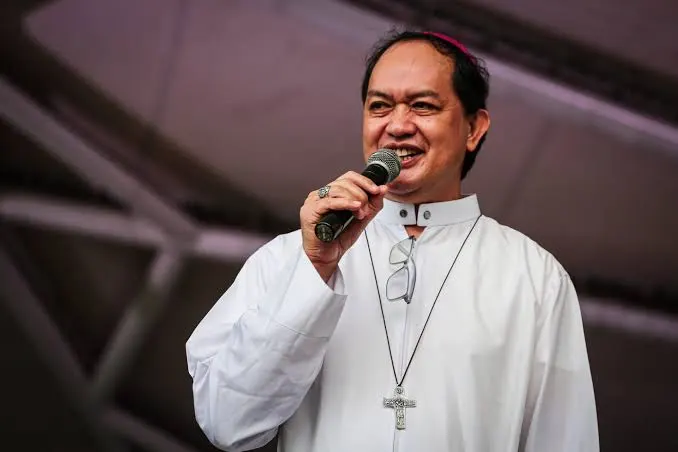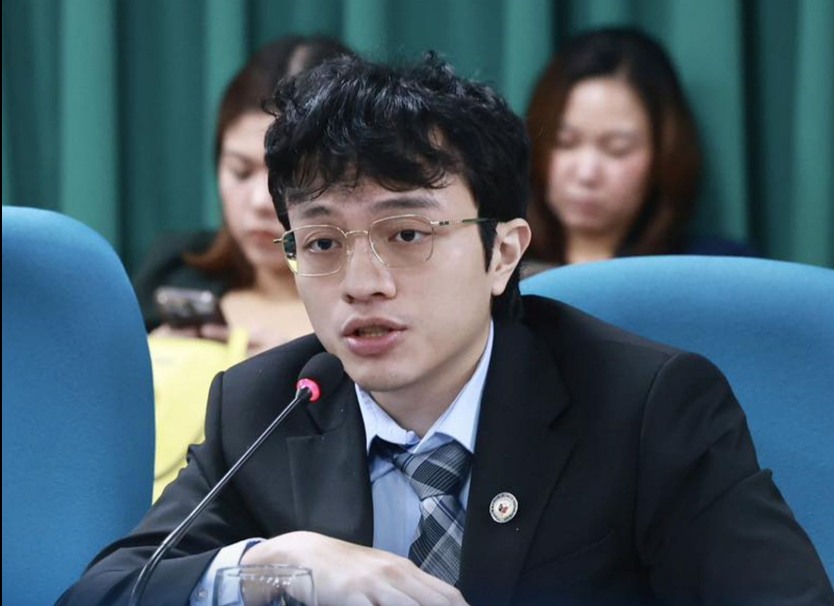Central bankers, though they are always seniors, are supposed to suffer from ankyloglossia, with their lingual frenulum so thick they can hardly talk. Their tongues are always tied since loose talk is bad, particularly when they meander into the state of the currency, money supply, foreign exchange reserves, the current account, balance of payments and the total debt stock.
In short, their lips are always sealed. As the guardians of financial systems, central bankers are supposed to discipline their tongues and put all private banks under intense scrutiny. The Federal Reserve itself was organized to check the rapacity of private banks which stole billions and colluded to steal from Uncle Sam whatever can be stolen. Thanks to the muckraking journalists like Lincoln Steffens and Ida Tarbell, bankers, robber barons and monopolists in the tradition of Rockefeller and Stanford were checked.
Bangko Sentral ng Pilipinas (BSP) Gov. Eli Remolona Jr. should learn the lessons from the muckrakers as well as the raiders like George Soros, who famously bet against the British pound sterling and trashed it and forced London to support the currency. In the case of the Philippines, the central bank became notorious for the $600-million overstatement of Philippine foreign exchange reserves, and the persnickety sleuths of the Washington Consensus—the US Bureau of Treasury, the International Monetary Fund (IMF) and the World Bank (WB)—formally told the Marcos martial law regime about it. The punishment was swift.
Now that the peso is trying to swim against the tide after it tumbled to P58.28 to a dollar on May 21, 2024, the precipitous decline has sent warning bells ringing and the pirates suddenly know that the BSP would fight to the death to maintain the stability of the peso by using the country’s forex reserves to prevent the currency from sinking to P59 to a greenback and eventually to P60. The declaration has become an invitation for market raiders to raise the demand for dollars, triggering the BSP to dump dollars in the market.
Remolona, who spent decades in Washington, was perhaps waxing ecstatic at the country’s economic performance that he signaled a cut in the benchmark rate may come as early as August 2024 even as the Federal Reserve was tongue-tied and would not guarantee a reduction in interest rate by September. Then, the peso bombed 0.7%. Remolona said the BSP will step in “when necessary to smoothen excessive volatility and restore order during periods of stress.” His Thai and Indonesian counterparts don’t buy his optimism.
The precipitous decline of the peso relative to the dollar cannot be explaining it with a tautology: The peso is not weak and the dollar is just strong. To make it appear that the demand for dollars is low, the BSP had to intervene, and when the bank reported that reserves fell by $1.4 billion in April to $102.6 billion, the largest monthly decline since September, the reason was that a horde of businesses purchased dollars and the country also had to settle its never-declining obligations. Bloomberg reported that the peso’s three-month implied volatility rose to about 5.50% after falling to 4.48% in March, the lowest since 2021.
Bloomberg also reported that the US dollar strengthened against most of its Group-of-10 and Asian peers Tuesday, May 21, 2024, after Cleveland Fed President Loretta Mester joined other US policymakers in hinting there’s a lesser chance for rate cuts to happen. BSP vowed in late 2022 to act aggressively to stop the peso from breaching P60 per dollar but the currency has skidded by more than 3% this quarter and became the worst performer in the emerging markets after the Argentine peso.




